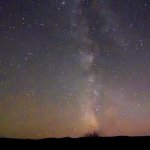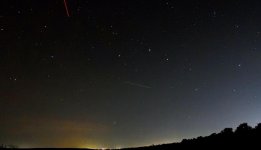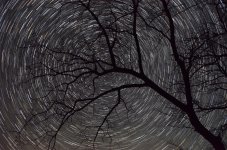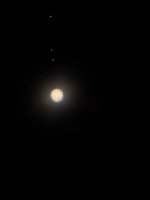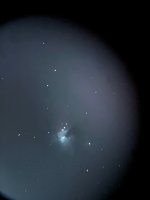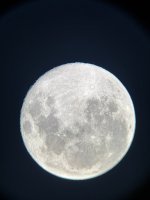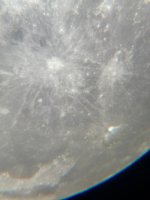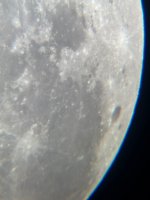Proud2baLaker
Master of Science
Didn't know if we had a thread on this and couldn't find one. The other night, I was able to get out and get some ok photos of the comet Lemmon. It was at it's closest to earth on 10/21 and is now moving further away, but actually getting brighter. It will reach peak brightness on 10/31, then begin to fade until I think 11/8 at which point it won't be visible again for like 1300 years. I have been going out sporadically when I hear about visible comets and with my so-so digital camera, been trying to get pictures. They haven't actually been to bad. I also have gotten lucky and been able to get some decent photos of the night sky. Being out west and not to far of a drive to get into a good dark area has helped. Now, I am regularly looking up if any comets may be visible and watching for clear nights to see what else I might get. Thought I would share some of my photos form over the years (they have been enhanced a bit to make the colors pop:
This is the comet Neowise back in 2020:

The comet A3 (Tsuchinshan-ATLAS) in 2024:
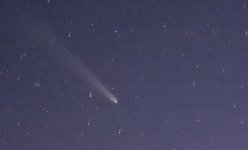
And Lemmon from 10/23/25:
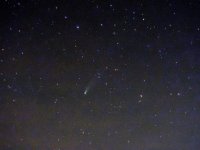
This is the comet Neowise back in 2020:

The comet A3 (Tsuchinshan-ATLAS) in 2024:

And Lemmon from 10/23/25:

Last edited:


